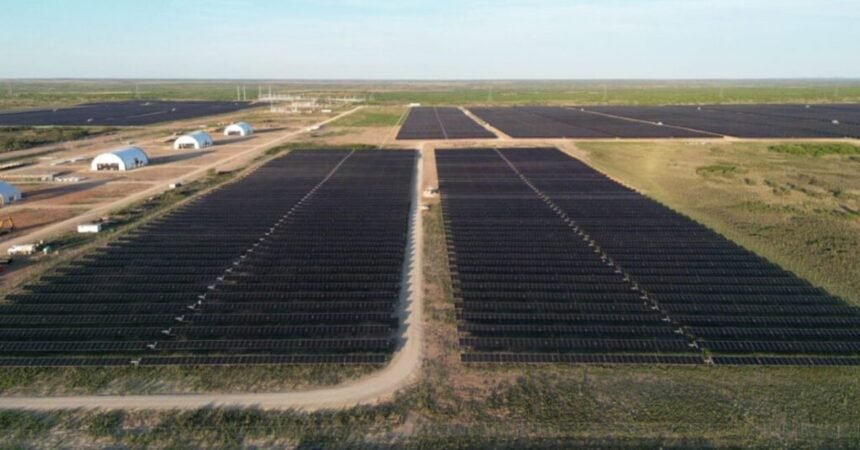In 2024, the United States saw a significant increase in the production of solar, wind, and geothermal energy compared to 2015. A new interactive dashboard released by Environment America Research & Policy Center and Frontier Group, called The State of Renewable Energy 2025, highlights the growth of clean energy and electric vehicles (EVs) in all 50 states.
According to Wendy Wendlandt, president of Environment America Research & Policy Center, Americans are recognizing the benefits of renewable energy, which is clean, sustainable, and cost-effective. The dashboard focuses on six key areas for a clean energy future: wind, solar, EVs, EV charging, energy efficiency, and battery storage.
Some key findings from the dashboard include:
– Wind, solar, and geothermal energy accounted for 19% of national retail electricity sales in 2024, a significant increase from 7% in 2015.
– South Dakota led the way by generating the equivalent of 92% of its retail electricity from renewable sources.
– Texas, California, Iowa, Oklahoma, and Kansas were the top five states for renewable energy generation.
– Fifteen states now get at least 30% of their electricity from renewables, compared to just two states in 2015.
Notably, the Southeast region, including Alabama, Florida, Georgia, North Carolina, South Carolina, Tennessee, and Virginia, saw a 27-fold increase in solar power generation since 2015. This growth is enough to power over 5.5 million homes in the US.
Solar power in the US could potentially provide energy for 28 million homes in 2024, a 7.7-fold increase from 2015. Similarly, wind energy could power over 42 million homes, a 2.4-fold increase from 2015.
Battery storage capacity also saw significant growth, reaching 26 gigawatts by the end of 2024, an 89-fold increase from 2015. This increase in storage capacity helps improve grid stability and reliability by storing excess energy from renewables.
In terms of electric vehicles, the US saw a substantial rise in EV adoption, with nearly 3.3 million EVs on the roads by the end of 2023, a 25-fold increase from a decade ago. Additionally, there are now over 218,000 public EV charging ports, a six-fold increase from 2015.
Despite these advancements, concerns remain about potential challenges ahead, particularly due to the previous administration’s hostility towards renewables and EVs. Abigail Ross Hopper, CEO of the Solar Energy Industries Association, highlighted the uncertainty facing the US market, emphasizing the importance of remaining optimistic and resilient during uncertain times.
In 2023, 3.4 million Americans claimed tax credits for clean energy upgrades, saving US households over $8 billion. The report authors emphasize the importance of maintaining federal clean energy tax credits and making it easier for individuals to adopt clean energy solutions.
Overall, the push towards renewable energy and electric vehicles continues to gain momentum in the US. By supporting policies that promote clean energy adoption and efficiency, we can build a more sustainable and resilient future for generations to come.







